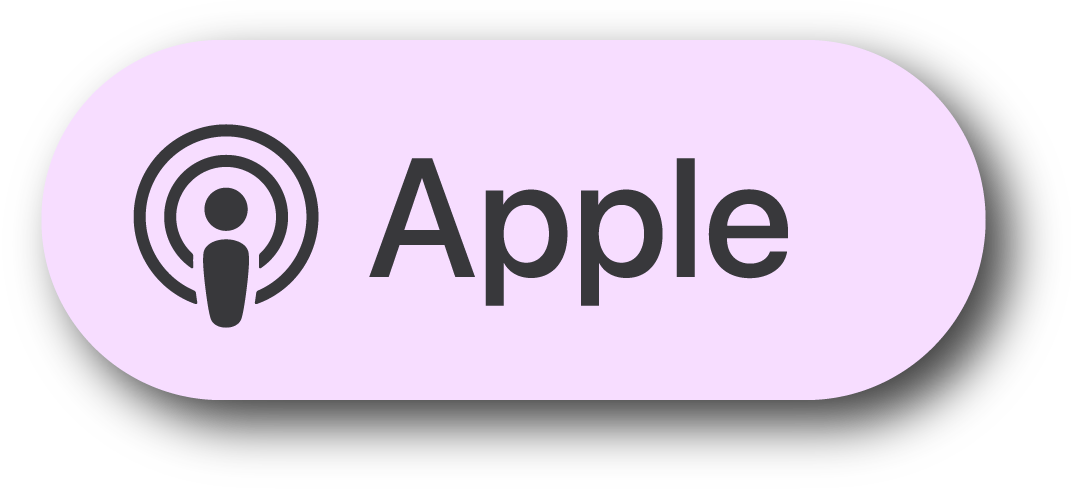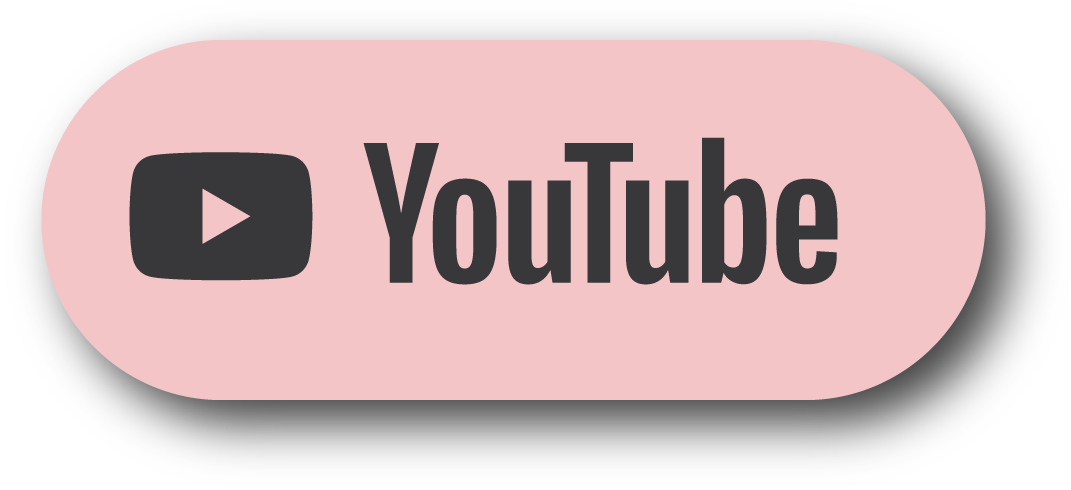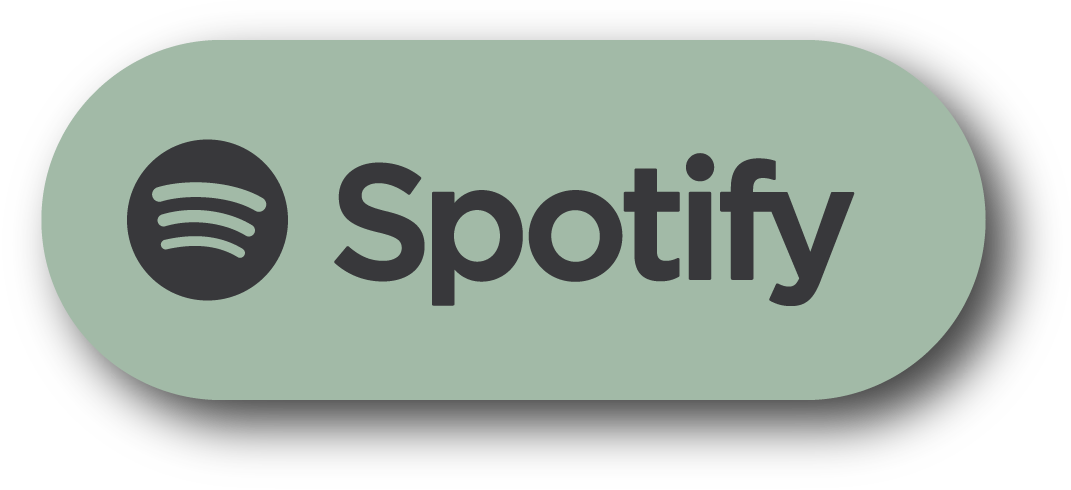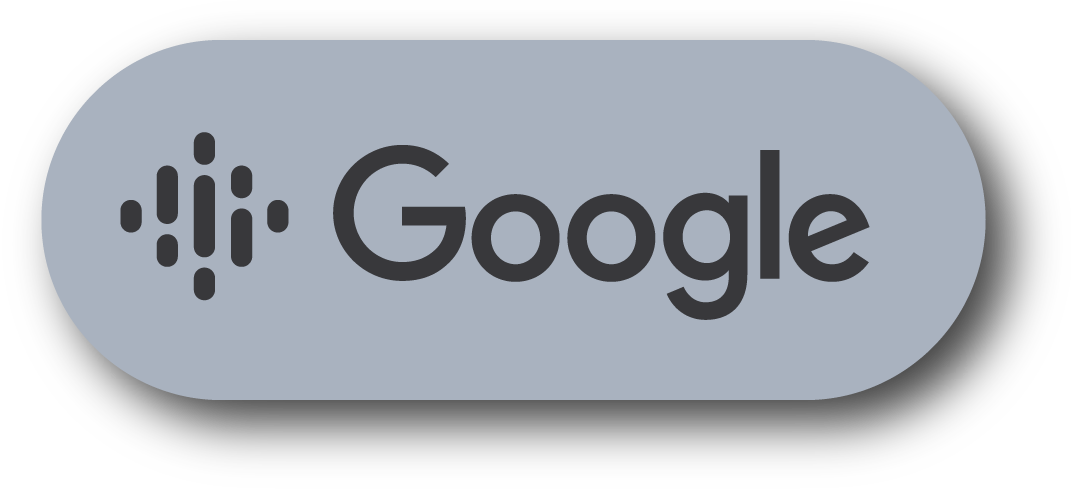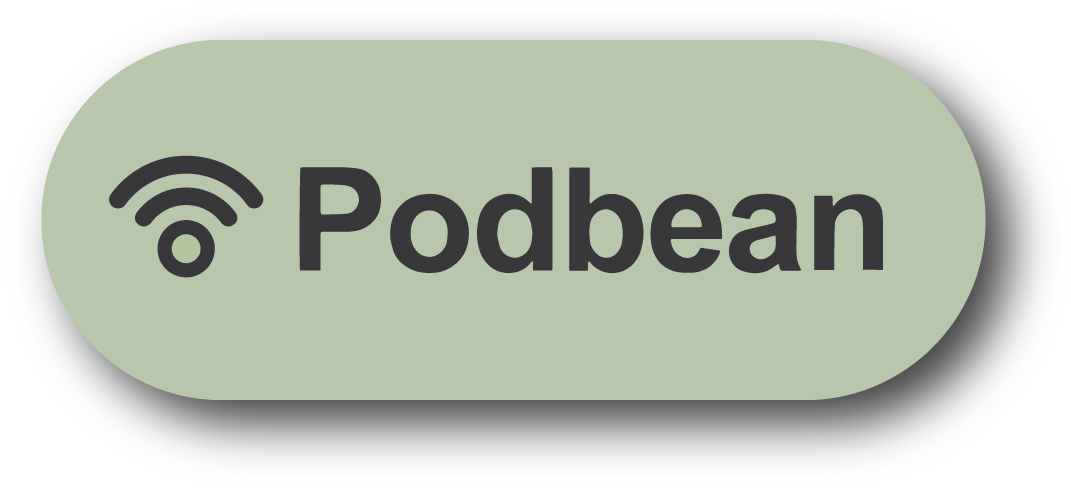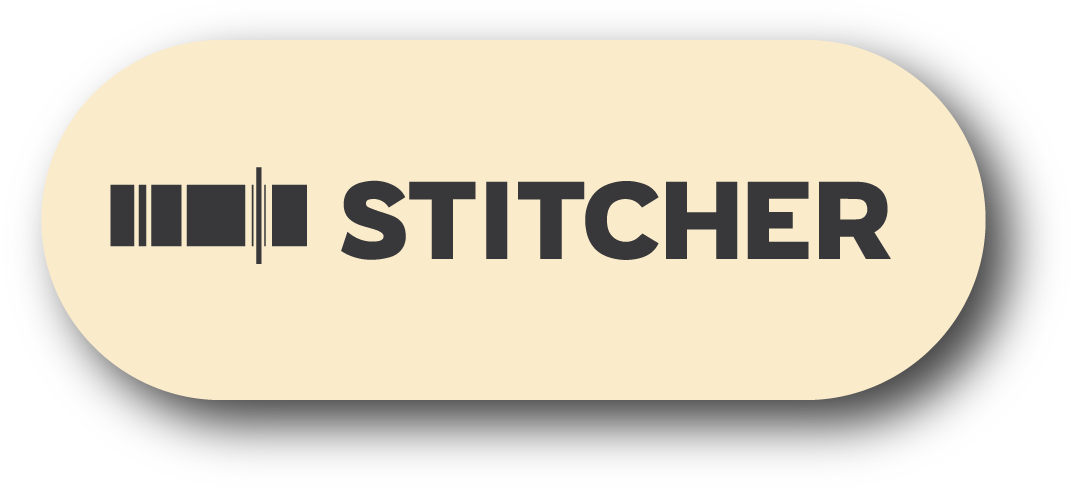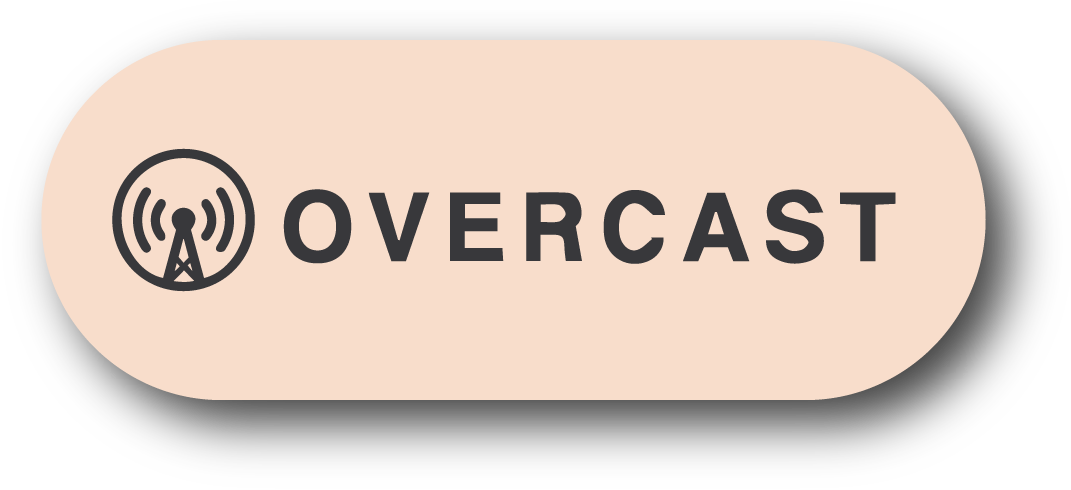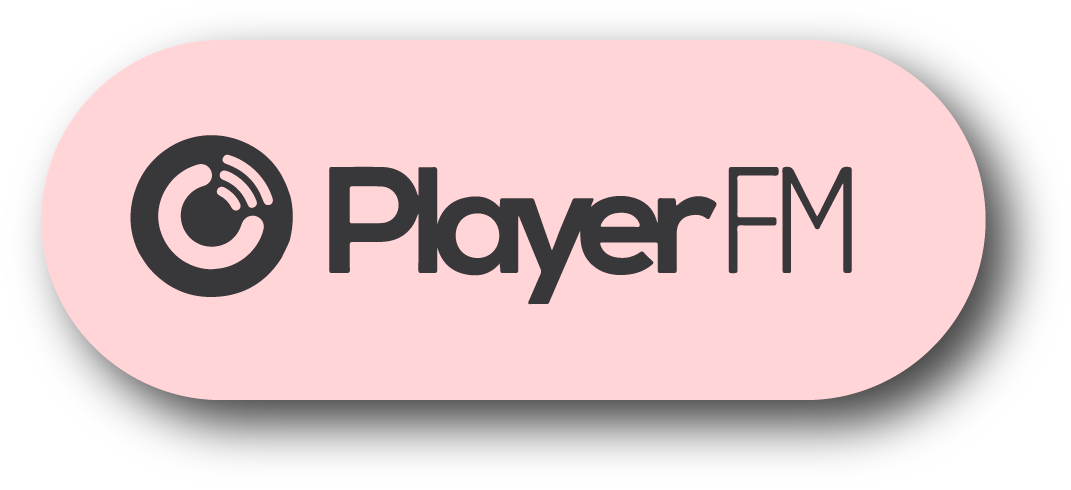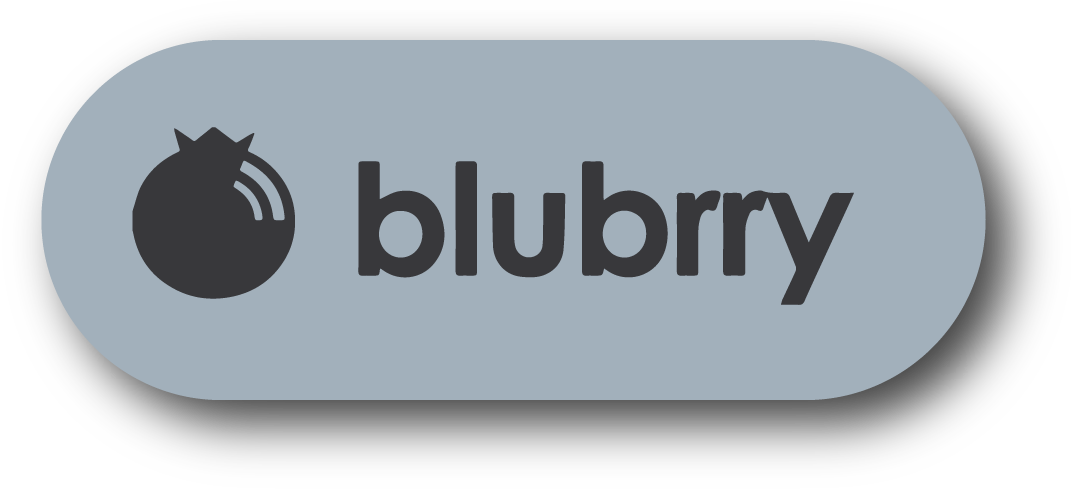#471 - DAVID MICHAEL, Chief Creative Officer and Founding Partner of Tecture Design Studio
SUMMARY
This week, David and Marina of FAME Architecture & Design are joined by David Michael, Chief Creative Officer and Founding Partner of Tecture Design Studio. The three discussed David’s background, his early career, travelling & school, establishing Tecture, vision for Tecture, firm size & operations, fabrication mockups & testing, budget & schedule, design build business structure, appeal of design build, façade materials & buildings. Enjoy!
ABOUT DAVID
Gemini.
Cattle Dog Wrangler.
Plant Daddy.
85% Vegetarian / 10% Pescatarian / 5% Tequilarian.
For David Michael, creativity isn’t just a passion—it’s a fundamental need. As Chief Creative Officer and co-founder of Tecture, he leads with an experimental, hands-on approach rooted in craftsmanship, collaboration, and curiosity. Whether sketching a concept, exploring new processes, or getting dirty in the shop, he believes the best ideas come from doing.
Since launching Tecture in 2012 alongside partners Kyle Preish and Slade Fischer, David has helped grow the studio into a 30-person team working across the intersecting worlds of design, art production, custom furniture, lighting, interiors, architecture, and space-making. Before earning his Master’s in Architecture, he cut his teeth in boat carpentry—an experience that shaped his deep appreciation for clean details, functionality, and utility.
Known for blending precision with play, his design philosophy is simple: work hard, play harder, and obsess over the details—they’re what make something unforgettable. He lives in San Diego with his best girl, a house full of plants (over 50 and counting), and a couple of wild dogs.
TIMESTAMPS
(00:00) David's background.
“We like to create prototypes. It's that whole thinking through making [that allows you to] see new opportunities. When you are only behind a screen, I think you lose a lot of the ability to find those unexpected opportunities that will come up, just by cutting and folding paper; even the act of origami changes how you view things. You can do that on a computer, but it's just it takes time and you have to have a set end goal. Whereas in thinking through making, there is no end goal because you're not sure what you're going to come up with. But in Rhino or any other software, you kind of know what you want to end up with. There are no unexpected moves.” (02:57)
(07:32) Early career.
(14:43) Travelling & school.
“In school, being critical of work was something that our teachers would just literally rip your pieces apart if you could not back them up. What's your reason for doing something? Because I see some projects that were like, okay, that looks good. But if they couldn't tell the teacher why they did it, then it was just arbitrary. They would just get pulled apart based on that, not even the fact that it was like necessarily a bad move. There’s the teacher who would take the piece and twist it, turn it upside down. I think that's a classic and it would suck. But sometimes you're like, “Yeah, actually it is better that you just did that.”” (19:14)
(30:50) Establishing Tecture.
(35:59) Vision for Tecture.
“Teachers are so critical in school. Not critical in a bad way, there's nothing personal about it. Don't take it personally as much as you might want to because you love this design and you worked hard on it. But if it doesn't work, if it's not the best option, then you got to rethink it. How can you make it better? How can you make it fit within the parameters of the reality? Reality could be budget, timeline, or location. So, this is something we still bring into the studio. We reinforce with our team that we want the creative ideas. We want you to show us you, but you also have to work within all these parameters, which sometimes can kill ideas and kill these things that you really want to do. But that’s the parameters you have to work in.” (38:28)
(39:33) Firm size & operations.
(51:26) Fabrication mockups & testing.
(54:30) Budget & schedule.
“With a lot of the pieces in architecture, we have to work with the parameters. The client might have this fixed budget, and they're like, “What can we do with that?” We’ll work through it and give them a number. You may not be able to use the material that you want, but we'll figure out a way to get your cost down. That's really where the design assist comes in handy. We're proud of the fact that we can help these other pieces come to life just because we know the tools, the process, and the material costs. We're able to really work with different architects and designers what their idea is and find a way to make it happen.” (01:00:59)
(01:01:55) Design build business structure.
(01:05:28) Appeal of design-build.
“The outside creativity helps feed the inside creativity. I can't expect people to just create creative ideas by sitting at their computer all day long and looking through what's been made. Go outside, take a walk, go out and do things, whatever drives your creativity. That's a hard thing sometimes to talk with my business partners about in terms of time. They’re like, “We are paying for creativity? You should be able to generate that. They should be here.” Unfortunately, that's not how creativity works. If you want unique ideas, they come from life and going outside. But it also needs to be a part of our culture in the shop.” (01:11:58)
(01:13:39) Favorite materials & buildings.
